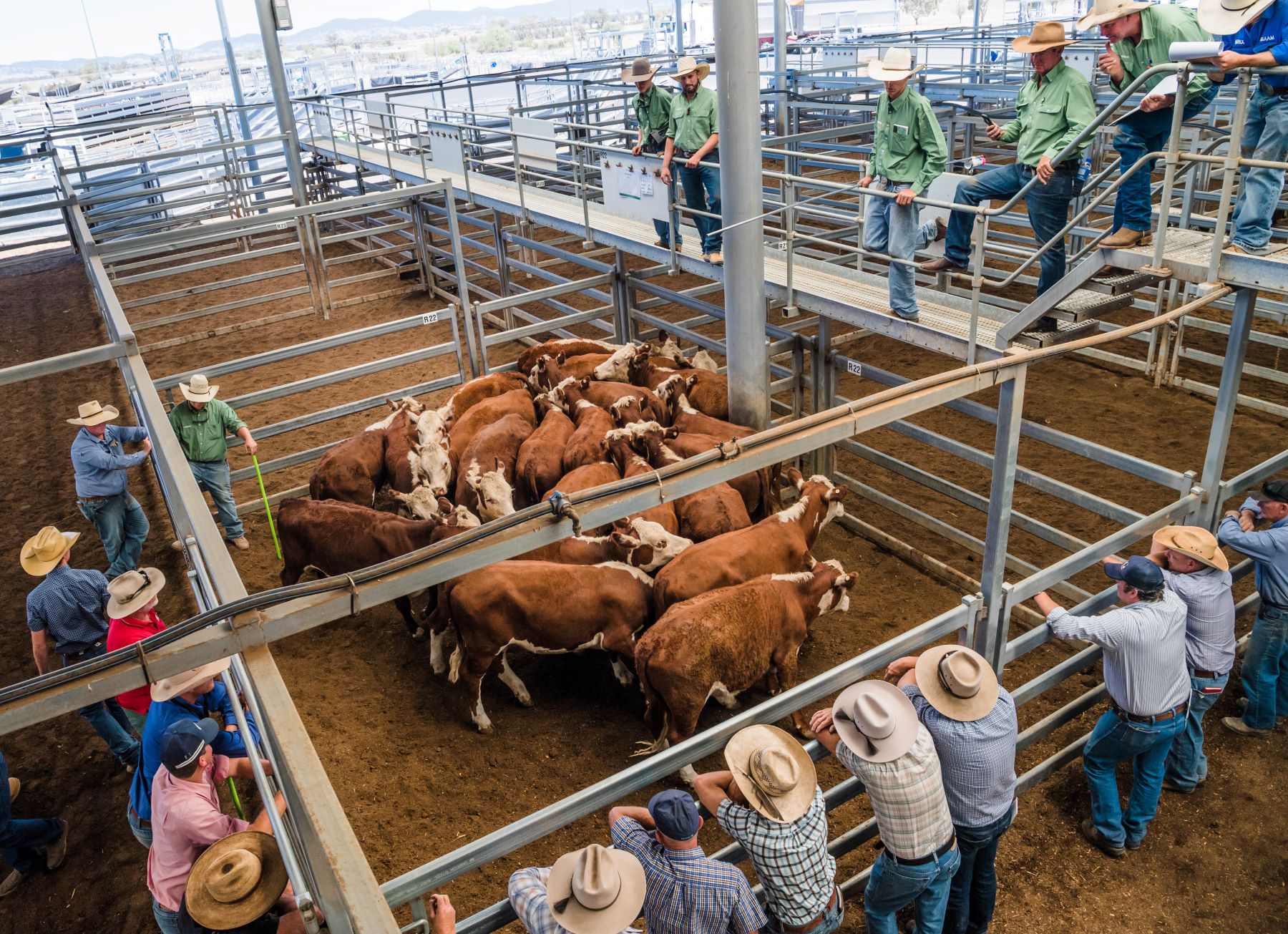INDICATORS: 2025 a year of recovery and records
In this week's indicator report, we look back over 2025 and what the indicators show us for both cattle and sheep.
2 min read
Erin Lukey, MLA Senior Market Information Analyst : Nov 15, 2024

Cattle market indicators mostly rose, driven by strong feedlot demand and steady yarding levels.
Sheep and lamb yardings reached their highest levels this year, with increased restocker supply impacting lamb prices.
NSW experienced its largest cattle slaughter since 2003, and largest sheep slaughter since 2020.
The cattle market increased across most indicators except for the Processor Cow and Dairy Cow Indicators. Both cow indicators experienced a rise in throughput, driven by supply and demand. Despite easing 6,540 head (10%) to 62,254 head, cattle yardings remained above the annual average.
The National Restocker Yearling Heifer Indicator increased by 2¢ this week to 271¢/kg liveweight (lwt), bringing it in line with the Processor Cow Indicator. The Feeder Steer Indicator rose by 8¢ to 344¢/kg lwt, even with higher yardings, highlighting strong demand from the feedlot sector. This increase has maintained the gap between the Steer and Heifer Restocker Indicators.
The sheep and lamb market showed mixed results, influenced by supply and demand. Weekly yardings rose by 6%, marking the largest yarding since February at 384,566 head. Sheep yardings reached their highest level since March, with a 12% increase to 124,350 head. Lamb yardings were also up by 4%, the highest since February.
The restocker lamb market dropped by 38¢ (5%) to 662¢/kg carcase weight (cwt), with yardings increasing by 16,623 head to reach an indicator throughput of 76,882. Storms impacted the NSW markets, affecting lamb supply, with more than half the lambs at Wagga weighing under 21kg. The increased supply of restocker lambs put downward pressure on prices.
The reduced supply of heavy export lambs has significantly impacted the heavy lamb market, resulting in a 24¢ (3%) increase to 842¢/kg cwt. This upturn reflects the growing gap between heavy and trade weight supply. The 59¢/kg cwt difference between the trade lamb and heavy lamb indicator is the largest it has been all year.
Week ending November 8, 2024
Processors continued operating as normal, with no reported shutdowns and steady throughput across all categories.
Cattle slaughter held relatively steady above the 2024 weekly average, easing by 2% (2,932 head) to 140,736 head. Year-to-date figures are tracking 14% above 2023 levels. After a dip last week, Queensland and NSW were the only states to experience throughput increases, with Queensland up 1% to 75,976, and NSW up 2% to 35,644 head. NSW recorded its largest weekly cattle processing volume since March 2020. Other states experienced declines, with SA and WA down 2% to 3,541 and 2,766 head, respectively, and more significant drops in Victoria (down 15% to 18,959) and Tasmania (down 17% to 3,850 head).
Combined sheep and lamb slaughter declined by 4% to 659,097 head, a decrease of 26,060 head, mainly driven by reductions in SA and Tasmania.
Nationally, lamb slaughter fell by 5%, to 428,373 head, with all states except Queensland and SA experiencing drops between 1 and 18%. Queensland and SA increased 27% and 15%, respectively. Sheep slaughter came back slightly (1%) to 230,724, but remains 20% above the 2024 weekly average and 40% above year-ago levels. NSW recorded its largest weekly sheep slaughter since 2003, processing 106,083 head. Queensland had a notable 79% increase to , while WA rose by 1% to 45,525. SA (20,578), Tasmania (3,155) and Victoria (55,283) all experienced reductions.
.png)
In this week's indicator report, we look back over 2025 and what the indicators show us for both cattle and sheep.
.png)
National sheep and lamb supply tightened further this week, with62,470 head total head offered through AuctionsPlus.The seasonal contraction...